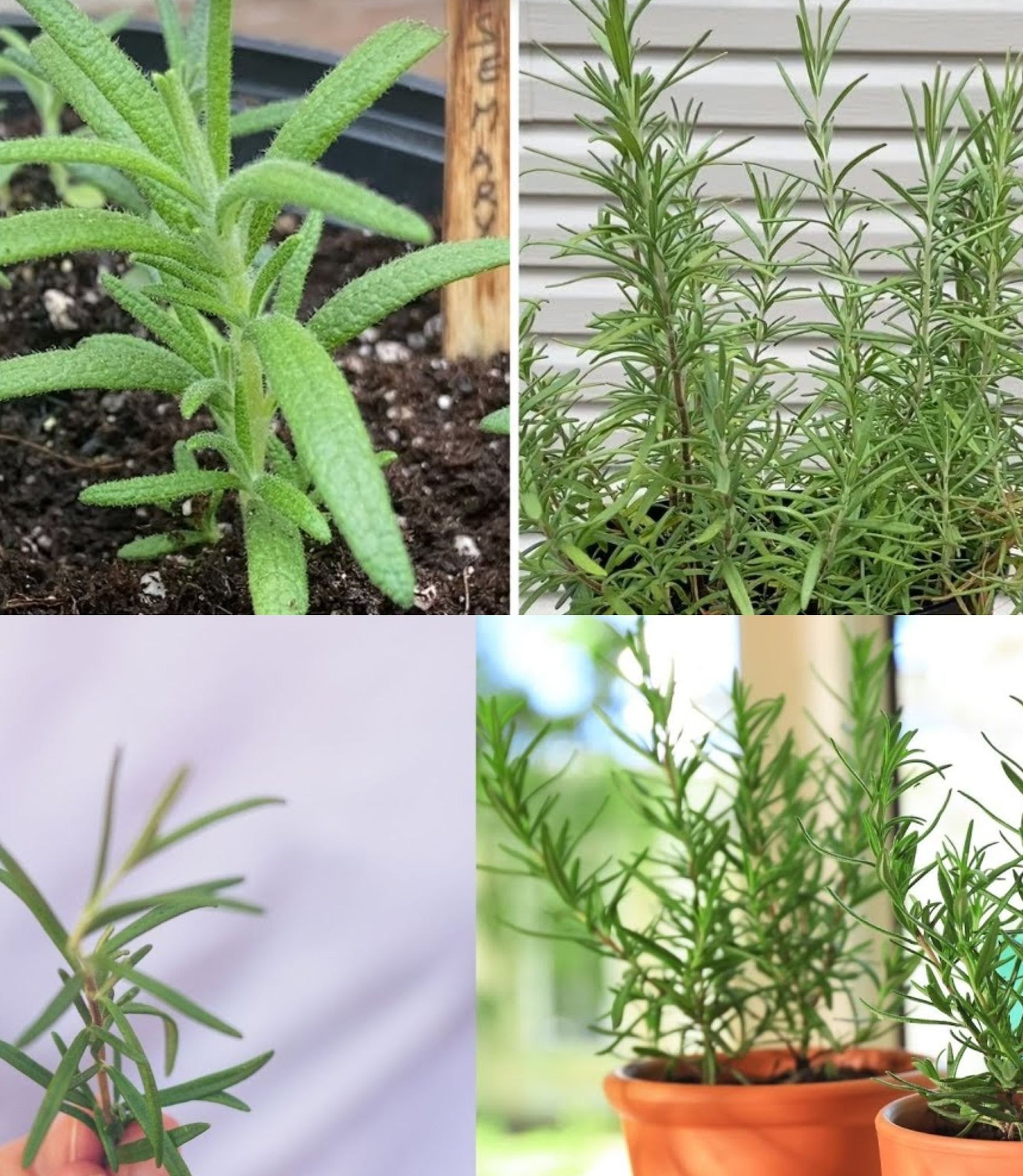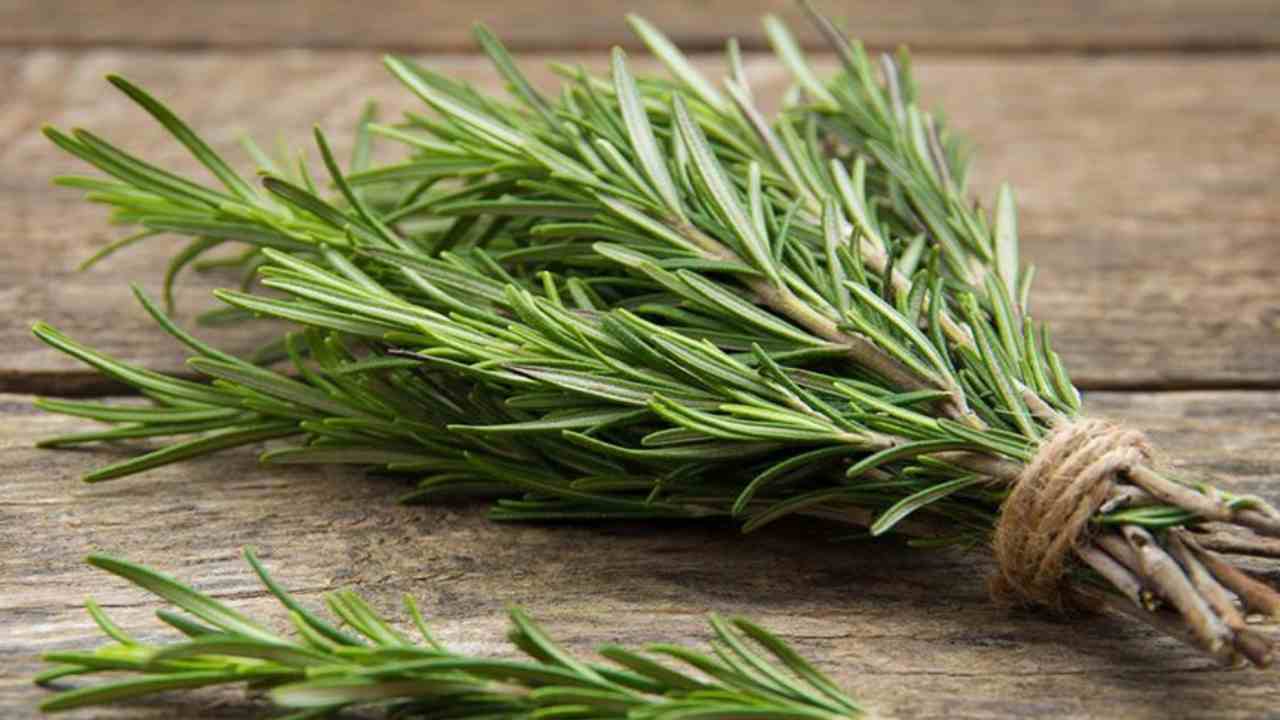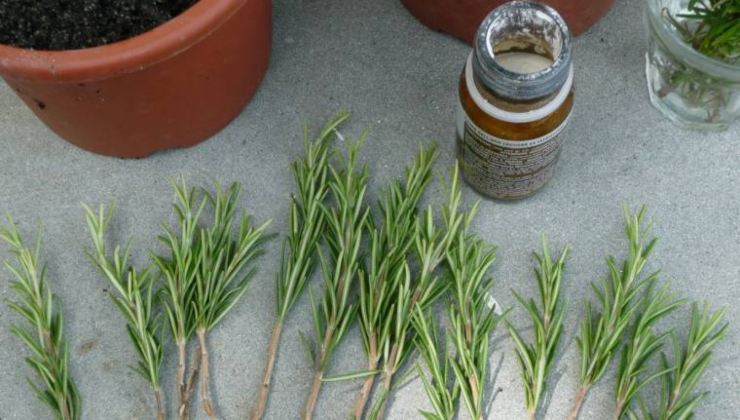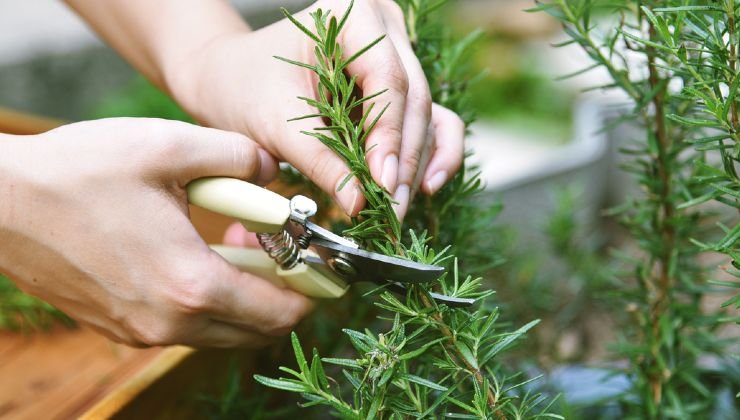
There’s a clever trick to propagate rosemary, ensuring a continuous and abundant supply year after year.

Characterized by its evergreen nature, rosemary can reach heights of 50 to 300 cm, boasting long, persistent leaves measuring 2-3 cm that emit a distinctive and pleasant scent. To thrive, rosemary requires exposure to sunny areas and protection from rain and harsh winter climates. If kept on a balcony, it should be grown in soil mixed with sand.
The multiplication of rosemary primarily occurs through cuttings, where a segment of the plant is cut from the mother plant and cultivated in the soil to give rise to a new specimen. This method allows us to multiply rosemary plants endlessly without the need to purchase new ones.

Plants derived from cuttings mature more rapidly than those grown from seeds, which have a longer germination period. A rosemary plant obtained from a cutting will have the same flavor, characteristics, resistance, and scent as the mother plant. Importantly, this technique doesn’t harm the main plant, allowing for the cultivation of numerous clone plants.
For optimal results, it’s advisable to cut young, green, and fresh stems, usually found at the base of the plant. Avoid the browner and woodier stems, as they may pose challenges for rooting and growth. Use sharp scissors to cut stems at least 10 cm long. Remove the rosemary needles from the lower part of the stem and place it in warm water in a location without direct sunlight.
